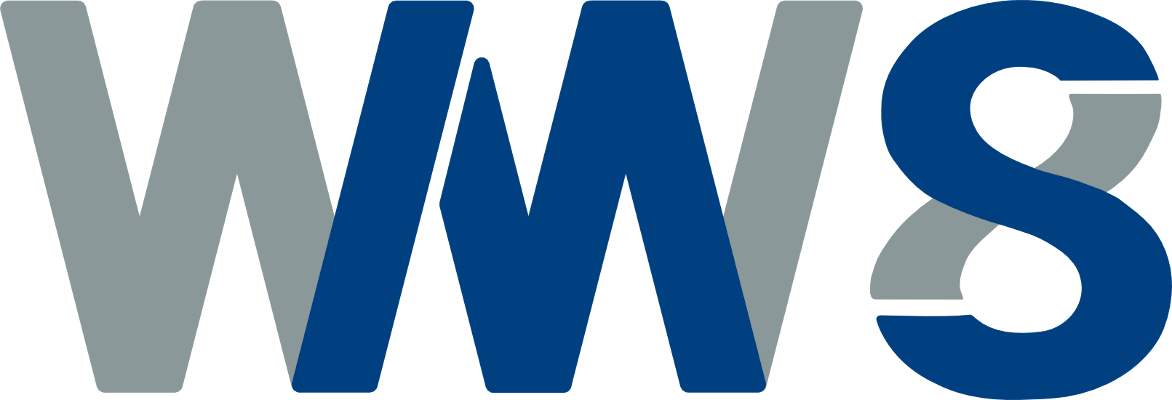Adiabatic shear banding and fracture during high speed shear cutting: Numerical study
Aniruthan Mala Elangovan
WW8, FAU
Wednesday, 14.03.2018, 17:00
WW8, Room 2.018-2, Dr.-Mack-Str. 77, Fürth
Production of billets has remained a primitive and cardinal process in a chained link of manufacturing processes for a long time. It is vastly used in mass production in a variety of ferrous and non-ferrous metals and alloys. The increased cost and energy has had a perceptible effect on the manufacturing costs and leads us into finding more efficient and feasible ways. There are many methods in existence for production of billets for cold forging such as sawing, cropping, breaking, and shearing each with their own advantages and disadvantages. The quality of the produced billet is often measured by the surface finish of the product. Conventionally a slow speed shearing has been utilized in production of billets from round rod material with a relatively rough and distorted surface finish. A high speed shearing can provide a better surface finish. The present study deals with the process of shearing, particularly at high speeds.
The objective of the thesis is to study the ductile fracture that occurs at high speeds of shearing and ways to partially control the outcome through controlled tests on process parameters such as clearance between the shearing dies, speed of shearing and the quality of the tool. The cold forging steel 16MnCrS5 has been selected as the work piece material of the present study. At high speeds, the failure is attributed to the formation of adiabatic shear bands. Due to extreme plastic deformation a rise in temperature is observed along a thin zone about the shear bands which eventually leads to failure of material. A numerical model has been convened to study the effects of aforementioned process parameters. The model utilizes the Johnson-Cook plasticity model along with a ductile fracture criterion to facilitate proper crack initiation and propagation. Mesh dependency problem is overcome by implementing a coupled thermal-displacement analysis and facilitating heat conduction within shear bands. Comparison between the simulations and experimental results shows that the numerical model is able to predict the geometrical parameters of the cracked surface.
The thesis is split accordingly: First, it gives a brief introduction to the process of shearing and types of it. Secondly, it gives an overview about the constitutive and finite element model of the process. Thirdly, we discuss about the post processing and results. Lastly, it concludes with remarks and some suggestions.

